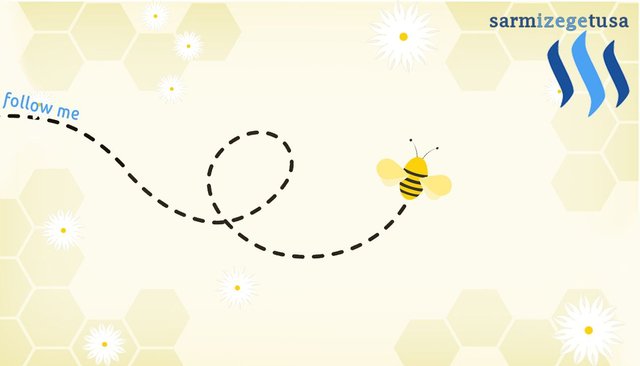Let it bee …. The story of my parents’ passion for beekeeping Part 6
Let it bee …. The story of my parents’ passion for beekeeping Part 6
This week I will be spending my time with my family, and of course I am visiting the lovely bees. It’s always a pleasure to spend my free time in nature, being surrounded by the people I care.
After a cold week, the sun delighted us with his appearance. The bees were also happy to get another few sunny days to gather more food for the winter. For about two weeks, the weather began to cool in the evening, at night being less than 7°C (44° Fahrenheit). During day time, the temperature is still above 20°C (68° Fahrenheit) so bees are still able to go outside and search for nectar and pollen. The last few days it was warm and the weather resembled a late summer, with more than 25°C(77 Fahrenheit). So we were able to see honey bees flying.
When the temperature, during day time will be less than 10-12°C (50° Fahrenheit) they will remain in the hive and protect the queen until the spring will come.
They form a tight cluster and keep a very warm temperature inside the hive (around 90 Fahrenheit). The worker bees create heat by shivering and they also move back and forth between the inner part of the cluster and the outer part. This constant motion and continuous use of energy is how the bees keep the inside temperature of the hive, warm. The colder the weather is outside, the more compact the cluster becomes. During the winter, a lot of bees will die in order to protect the queen from cold.

The cold is felt by other animals too, and some of them will try to find a nest inside the hive. One of them is the wild mouse. The chances of these pests attacking hives are higher when food is scarce or when there are large apiaries of 40 or more hives.
Because the worker bees, gather and form a cluster around the queen to protect her form the cold, the mouse will have low difficulty to get inside and take advantage. He will do some damage, by eating honey and bee wax. In the summer the hive is busy with bees, which stops the mice from entering.
Once a mouse enters a hive they typically chew out the bottom corner of a few frames to make space. Aside from the damage to comb, mice are also problematic in the pungent stench of urine that they leave behind in the hive.

In the winter, we need to make the hive entrance as small as possible. So, this is how my father spend a few hours yesterday, preparing the hives against mice. In order to protect the hives against mice, we need to make the entrance small and we can do so by adding a metal excluder in front of the entrance.
It's very popular to make or purchase metal excluders with holes drilled into them. My father bought 1 meter metal excluders with holes and then started to cut them into small pieces (25 cm).
Then he polished the metal pieces.
And after, we went to attach the metal excluders to the body hives
At first we went without smoke and bees got a little excited and we had to get the smoker, in order to protect us and them.
Smoke helps us stay sting-free and keep the bees safe at the same time. The disruption caused by the smoke is temporary, so it won’t hurt the health of colony.
So we continued our work…
Mostly, my father did all the work...I helped him with the smoke
And took pictures...
This is how the entrance look before...
You can see the nectar on the honey bees feet...
And this is how the entrance prepared for winter looks...
We need to leave enough space for adequate ventilation, allowing bees to remove the dead, and to bring pollen in during the early spring, while still securely preventing mice from entering.
I really enjoyed helping my father and was lucky not to get stung! :)

@originalworks
Fascinating post @sarmizegetusa! With honey bees struggling due to the climate and environmental changes, I've been taking an interest in helping them. This was a big change for me- I've been terrified of them my whole life! It's so cool to see the way you two maintain hives! I am hoping to get brave enough to have some hives of my own someday :) These small guys aren't so scary when you know what to do, I'm sure!
What is in the smoker? Is it the smell of burning that lets them know it's best to stay away, or the smoke itself?
I never would have thought of a mouse entering a hive! Thank you for the informative post, and all of the photos!
Yes, bees aren't that scary. If you get a proper bee keeper costume, bees can not attack you, but my paraents have been doing this for over 20 years so they aren't scared.
A smoker is a container - a metal can with a hole on the bottom, with bellows attached and covered by a cone lid/ The fuel material can be wood chips, dry pine cones, fry corn cobs without maize pr even old cloths. The smoke will make the bees dizzy and they will not attack, keeping us and also them safe.
Smoke is also used when harvesting honey, because it will interfere with their communication.
Glad you liked it :)